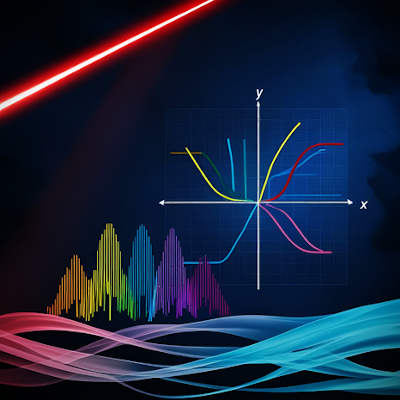Learning materials based on mechanical neural networks
Dec. 09, 2024.
2 mins. read.
Interactions
Physicists at the University of Michigan have developed material systems that can learn using mechanical neural networks.
Machine learning isn’t just about digital computers; mechanical systems can learn too. Physicists at the University of Michigan have developed a new approach using mechanical neural networks, or MNNs. These are physical, not digital, systems where materials learn by changing shape or stiffness when forces act on them.
MNNs work like digital neural networks but use physical properties. For example, a weight on a material is the input, and how the material bends or stretches is the output. The key is in the material’s structure, like a lattice of triangles forming larger shapes, which can adjust to become stiffer or more flexible.
The researchers use an algorithm based on backpropagation, a method where the system learns from its errors. Here, backpropagation helps the material adjust to get closer to a desired shape or response. In their study, they used 3D-printed rubber lattices to test this. By changing the thickness of lattice segments, they could train the material to react in specific ways, like making one side move more than the other when weight is applied.
Applications to material science and biology
This research could lead to materials that adapt automatically, like airplane wings that change shape for better flight in different winds. Currently, this requires manual adjustments, but the idea is to make materials that learn to do this themselves.
The team also showed that MNNs could identify different iris plant species by how they respond to forces, akin to how digital systems classify data. They’re now exploring using sound waves for even more complex data encoding in MNNs.
This could inspire not just tech but also biology, helping understand how natural neural networks learn. The study has been published in Nature Communications and could lead to new types of learning materials that don’t rely on electronics.
“We’re seeing that materials can learn tasks by themselves and do computation,” says physicist Shuaifeng Li in a press release issued by the University of Michigan.
Let us know your thoughts! Sign up for a Mindplex account now, join our Telegram, or follow us on Twitter.


.png)

.png)


.png)




0 Comments
0 thoughts on “Learning materials based on mechanical neural networks”